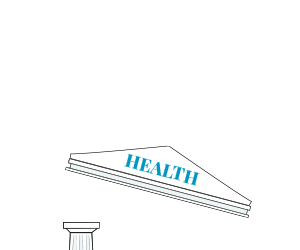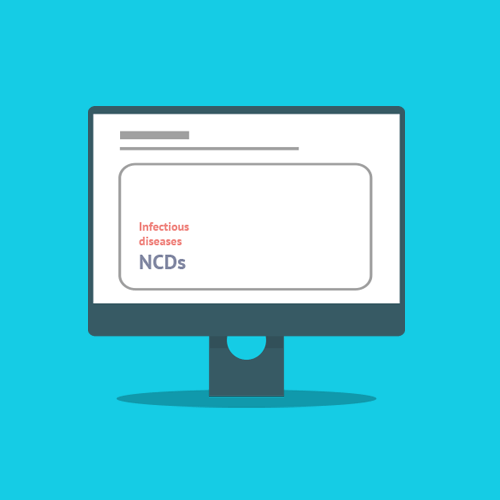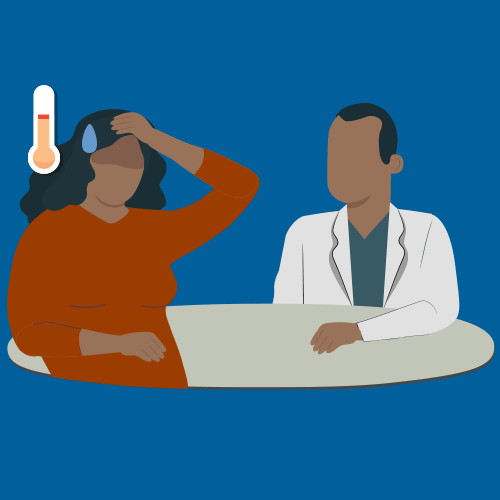
Why improving diagnostics is one of the three pillars with prevention and treatment to reduce mortality?
A growing burden that remains poorly assessed
The burden of infectious and non-communicable diseases in sub-Saharan Africa remains a major concern, and early detection could significantly reduce this toll. Sub-Saharan Africa has the world’s largest gap between health needs and health care provision. At least 50% of the population lacks access to essential health services.
Malaria remains a major cause of morbidity and mortality in the region, with an estimated 229 million cases and 409,000 deaths in 2019 alone, mainly among children under five. Tuberculosis is also a major concern, with an estimated 1.5 million deaths and 558 000 new cases reported in the region in 2020. The burden of non-communicable diseases is expected to overtake communicable, maternal, neonatal and nutritional diseases combined as the leading cause of death in sub-Saharan Africa by 2030.


Misdiagnosis leads to often ineffective treatment and increase antimicrobial drug resistance
Making an accurate diagnostic decision determines how quickly the patient will return to full health. This is why misdiagnosis is a major problem. Diagnoses can be made either through a test or after analysis of symptoms by a health professional. In rural areas, however, tests are lacking or cover only certain diseases and it is very difficult to distinguish one disease from another based on symptoms alone. A common situation in sub-Saharan Africa is to test for malaria when a patient has a fever. If this malaria test is negative, health workers must rely solely on the patient’s symptoms to make a diagnosis, which can lead to a misdiagnosis, as the patient may actually be suffering from a potentially fatal disease such as dengue.
Because misdiagnosis often leads to the inappropriate use of antibiotics or other antimicrobial drugs, it also increase antimicrobial drug resistance. When a patient is prescribed antibiotics for a condition that does not require them, this can contribute to the development of antimicrobial resistance. It is important to diagnose and treat infections appropriately, and to limit the use of antibiotics and other antimicrobial drugs to situations where they are truly necessary.
In many cases in sub-Saharan Africa, it seems that diagnosis based on clinical symptoms alone, without the support of basic diagnostic tests, is the rule rather than the exception and leads to inappropriate treatment, increased morbidity and unnecessary loss of life. Misdiagnosis leads to a vicious circle where undiagnosed and untreated diseases go undetected and seemingly do not exist while mortality is real.
The lack of reliable data diminishes the resource to detect diseases
Misdiagnosis also produces insufficient data on the prevalence of diseases in the region. This leads to inadequate policy attention to these diseases, and results in low budget allocations for diagnostic equipment, training and drugs. Access to reliable diagnostic tests is therefore even more limited in these regions, and misdiagnosis is common. This ultimately exacerbates the presence of these diseases in the population and continues to lead to this vicious circle.
In addition to these challenges, rural areas in sub-Saharan Africa also face significant infrastructure problems that further hamper their ability to test and diagnose diseases effectively. Many rural communities lack basic health care facilities, including access to laboratories and trained health workers, making it difficult to test and diagnose diseases effectively. This lack of infrastructure makes it difficult to respond effectively to disease outbreaks, to monitor the spread of disease and to accurately assess the impact of disease on the population.


Breaking the Cycle: Multi-Disease Diagnostic Tests and Mobile Technology in Sub-Saharan Africa
The DIDIDA project presents a promising solution to overcome this challenge. The paper-based lateral flow test technology used will enable the development of low-cost, easy-to-use tests that can detect multiple diseases at once. By providing patients with accurate diagnoses, a multi-disease diagnostic test can help break the vicious cycle of misdiagnosis and mistreatment, which can lead to further spread of diseases. It also helps allocate resources and skills better.
Moreover, the mobile phone revolution in Sub-Saharan Africa provides a unique opportunity to bring this diagnostic technology to remote communities in rural areas. With the aid of mobile applications, the data collected from these tests can be easily and immediately transmitted, enabling healthcare providers to deliver better quality individual healthcare and monitor diseases at the population level in near real-time. DIDIDA’s approach to value-based healthcare, which focuses on patients’ outcomes, prevention of complications, and data analytics to measure and track progress, has the potential to revolutionise healthcare in Sub-Saharan Africa by empowering patients and healthcare providers alike.
Want to know more?
Are you a student and you want to learn more? A researcher seeking to consult our publications? A citizen eager to better understand the issues? A decision-maker who can promote this innovation? A journalist looking for an engaging story to tell?

